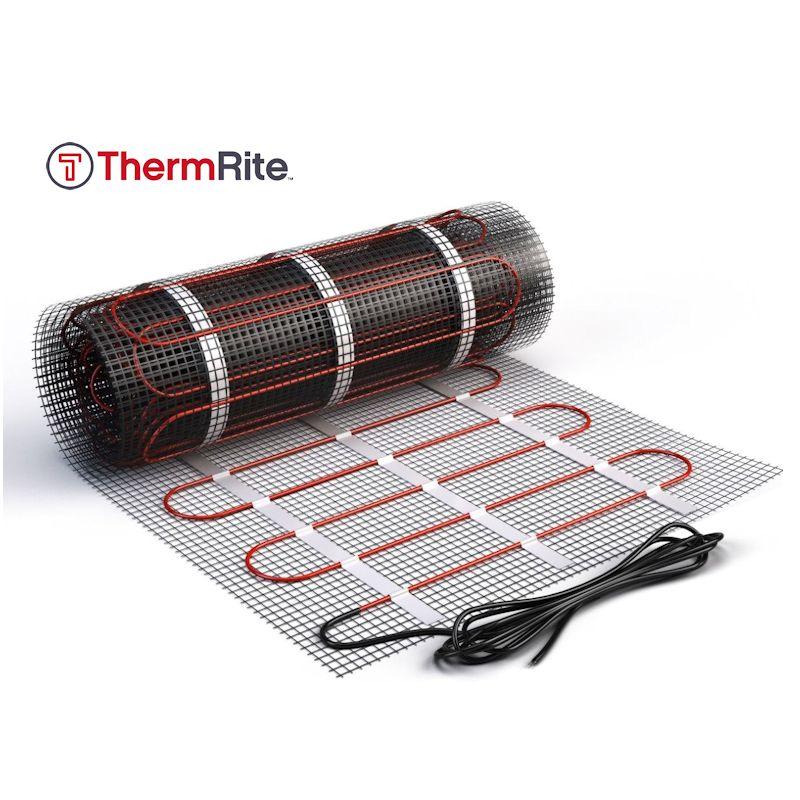Underfloor heating systems have become increasingly popular in recent years, offering a more efficient and comfortable way to heat a home compared to traditional radiators. One common question that arises when considering underfloor heating is how warm the floor will actually be? The warmth of the floor depends on several factors, including the type of flooring, the type of underfloor heating system, the insulation of the room, and the temperature set on the thermostat.
The type of flooring used in conjunction with underfloor heating can have a significant impact on how warm the floor will feel. Generally, tiles, stone, and laminate flooring work best with underfloor heating as they conduct heat effectively and allow it to radiate upwards. Carpets and wooden flooring, on the other hand, can act as insulators and may reduce the effectiveness of the underfloor heating system in warming the floor.
The type of underfloor heating system installed in a home can also affect how warm the floor will be. There are two main types of underfloor heating systems – electric and water-based. Electric underfloor heating systems are typically faster to warm up but can be more expensive to run in the long term. Water-based underfloor heating systems, on the other hand, are more energy-efficient but may take longer to reach the desired temperature.

The insulation of the room where the underfloor heating system is installed plays a crucial role in determining how warm the floor will feel. Proper insulation helps to prevent heat loss through the floor, allowing the underfloor heating system to operate more efficiently and effectively. Good insulation can also help to maintain a consistent and comfortable temperature throughout the room.
The temperature set on the thermostat of the underfloor heating system will directly impact how warm the floor will feel. It is important to find a balance between comfort and energy efficiency when setting the temperature. Setting the thermostat too high may result in excessive energy consumption and discomfort, while setting it too low may lead to inadequate heating.
In conclusion, the warmth of the floor with underfloor heating will depend on various factors, including the type of flooring, the type of underfloor heating system, the insulation of the room, and the temperature set on the thermostat. By considering these factors and making informed decisions, homeowners can ensure that their underfloor heating system provides a comfortable and efficient heating solution for their home.



